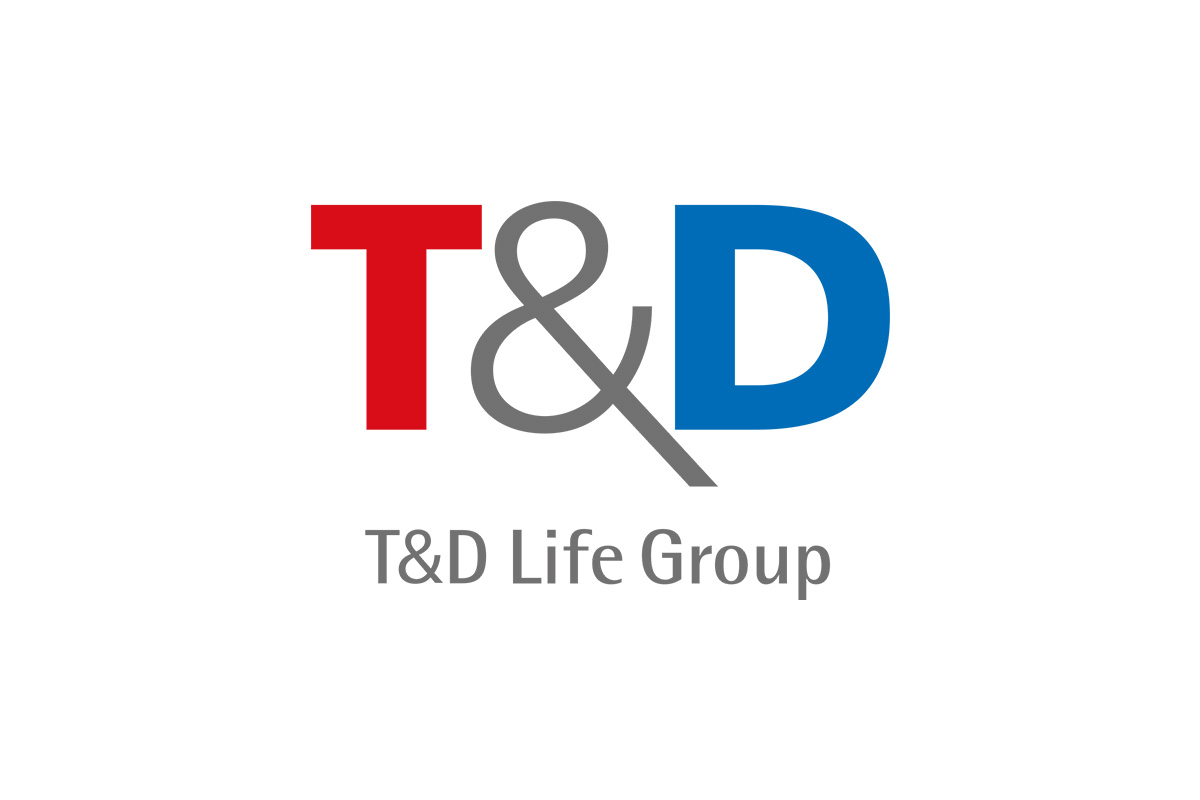Welcome to AI Dispatch, your daily briefing on the most important trends, breakthroughs, and debates shaping the artificial intelligence landscape. Today, we unpack five major stories—from a new generative AI threat to Google’s search dominance to Singapore’s global push for AI safety consensus. Each piece is distilled into concise, insightful analysis, complete with commentary on implications for the industry and end users. Whether you’re an AI developer, executive, policymaker, or enthusiast, this op-ed–style report equips you with the context and perspective you need to stay ahead.
Key SEO keywords woven throughout: artificial intelligence, machine learning, AI safety, deep learning, emerging technologies, AI strategy.
1. A Generative AI Threat to Google’s Core Search
Google’s unassailable position in search is under siege—not from a new competitor, but from the very technology it helped popularize. A recent investigation reveals that large language–model–powered chatbots are now delivering answers so accurate and contextually rich that users are bypassing traditional search results entirely. The Wall Street Journal reports that real-time generative responses are siphoning traffic from Google’s ad-supported results, posing an existential risk to its lucrative search business.
Analysis & Commentary:
Google’s revenue model depends overwhelmingly on click-through advertising anchored to high-ranking organic results. When users receive immediate, conversational answers from AI agents, “zero-click” interactions undermine the entire funnel. This dynamic echoes a fundamental shift: search is no longer just indexing the web—it’s synthesizing it.
From an industry perspective, Google’s predicament spotlights the tension between open web indexing and proprietary AI services. Will Google double-down on Lambda-powered “AI over search” features to meet user expectations, even if it cannibalizes ad revenue? Or will regulators force transparency on how these models source and present information? For tech strategists, the key takeaway is clear: embrace hybrid interfaces that combine traditional links with curated generative snippets, optimizing for SEO beyond mere keywords.
Source: The Wall Street Journal
2. Figma Unveils “Buzz,” “Draw,” and “Make” Sites
In a surprise launch this week, design-platform leader Figma introduced three AI-powered extensions—Buzz, Draw, and Make Sites—that promise to transform web design workflows. Buzz generates on-brand copy and microcontent; Draw converts sketches into vector assets; and Make Sites enables one-click static website creation from Figma mockups. Together, they signal Figma’s ambition to integrate deep learning across the creative stack.
Analysis & Commentary:
By embedding machine intelligence into design tools, Figma is betting on “augmented creativity” as the next frontier. Designers spend up to 30% of their time on repetitive tasks—copywriting tweaks, asset resizing, markup hand-offs. Buzz and Draw aim to reclaim that time, letting human ingenuity focus on higher-order concepts. However, the risk lies in over-automation: if too much is generated, brand consistency can erode without careful guardrails.
From a strategic standpoint, Figma’s move pressures incumbents like Adobe to accelerate their own AI roadmaps. It also demonstrates an emerging shift: AI features are no longer bolt-ons but core differentiators in SaaS offerings. For product managers crafting AI roadmaps, the imperative is to balance autonomy with user control—and to provide transparent “explainability” so that generated designs remain editable and auditable.
Source: The Verge
3. Singapore’s Drive for Global AI Safety Consensus
As AI systems grow more capable, concerns over unintended consequences—from bias to autonomous misbehavior—have spurred regulators worldwide. Wired reports that Singapore is spearheading a diplomatic push to forge a Global AI Safety Consensus. Leveraging its reputation for pragmatic governance, Singapore aims to convene public-private stakeholders to agree on shared standards for model testing, risk assessment, and cross-border data governance.
Analysis & Commentary:
Singapore’s initiative reflects a broader realization: AI risks are transnational. An ethical framework confined to one jurisdiction fails to address model deployment in another with vastly different norms. By championing consensus, Singapore is betting that harmonized regulation can accelerate innovation rather than stifle it.
Yet forging agreement won’t be easy. The United States emphasizes innovation-friendly, voluntary guidelines; the EU favors binding regulations with strict rights guarantees; China prioritizes sovereign control over data and algorithms. Singapore’s role as neutral convener could bridge these divides, particularly around model-evaluation benchmarks and post-deployment monitoring protocols.
For AI governance advocates, the takeaway is twofold: participate in multilateral dialogues early, and invest in interoperable compliance tools capable of adapting to evolving global standards. Companies that anticipate a “common core” of safety requirements will gain a competitive edge—and reduce legal risk—as consensus solidifies.
Source: Wired
4. Baidu’s AI System to Decipher Animal Sounds
Chinese tech giant Baidu is exploring a novel use case for deep learning: automatically interpreting animal communications. According to Reuters, Baidu researchers have filed a patent for an AI system that analyzes audio signals—from whalesong to chimpanzee chatter—to infer behavioral states or needs. Potential applications range from wildlife conservation to agriculture, where early detection of disease in livestock could save millions in losses.
Analysis & Commentary:
The patent underscores a broader trend of domain-specific AI, where models are tailored to niche tasks rather than broad language understanding. Audio-analysis techniques—spectrogram feature extraction, self-supervised pretraining, attention-based sequence models—are now mature enough to decode nonhuman signals at scale.
However, the ethical dimensions are profound. Intervening based on AI-inferred animal states raises questions about human intervention thresholds and the risk of anthropomorphism—projecting human emotions onto animal behavior. Moreover, surveillance applications in agriculture must respect privacy norms around farmworkers and communities.
For AI researchers, the lesson is clear: specialization can unlock untapped markets, but it demands domain expertise and rigorous validation. Collaborations with ethologists, veterinarians, and ethicists will be essential to deploy these systems responsibly and ensure they improve welfare rather than merely enable increased exploitation.
Source: Reuters
5. Surgibox Secures U.S. Patent for Medical-Blockchain AI Tech
Health-tech startup Surgibox announced that it has been granted a U.S. patent for a blockchain-enabled medical data management platform that integrates AI analytics directly at the point of care. As reported by PR Newswire, the system uses distributed ledger technology to secure patient data and ensure provenance, while on-device machine learning algorithms identify anomalies in real time—such as surgical tool misplacement or unexpected vital-sign deviations—triggering instant alerts.
Analysis & Commentary:
This patent highlights a powerful convergence: blockchain’s immutable audit trails paired with edge-AI’s low-latency analytics. In high-stakes environments like operating rooms, data integrity and speed are nonnegotiable. Surgibox’s approach could reduce intraoperative errors by enabling smart dashboards that cross-validate sensor inputs against historical baselines.
Yet technical hurdles remain. Blockchain networks introduce overhead in transaction throughput and consensus latency; balancing that against the need for millisecond-level AI inference is nontrivial. Furthermore, regulatory approvals—FDA in the U.S., EMA in Europe—demand rigorous clinical trials demonstrating both safety and efficacy. Startups venturing into this space must build robust post-market surveillance and explainability layers to satisfy auditors and clinicians alike.
For healthcare CIOs and digital-health investors, Surgibox’s patent is a bellwether: the next wave of med-tech will marry decentralized security with predictive AI. Those who allocate capital to integrated platforms—rather than piecemeal point solutions—stand to capture enduring value in the age of precision medicine.
Source: PR Newswire
Key Takeaways & Implications
-
Disruption of Search Paradigms: Generative AI is rewriting user expectations around information retrieval, threatening incumbent ad-driven models.
-
AI-Augmented Creativity: Figma’s suite illustrates the shift from manual to AI-driven design workflows, raising questions about brand integrity and creative authorship.
-
Global Governance Imperative: Singapore’s diplomatic push underscores the need for harmonized AI-safety standards to mitigate cross-border risks.
-
Domain-Specific AI Innovation: Baidu’s animal-sound analysis patent exemplifies the power—and ethical nuance—of tailoring models to specialized domains.
-
Convergence in Med-Tech: Surgibox’s blockchain-AI integration signals the future of secure, real-time clinical decision support, albeit with regulatory and technical challenges.
Together, these stories frame a pivotal moment in AI’s evolution: from nascent proofs-of-concept to mission-critical applications that intersect business models, creative processes, regulatory regimes, and ethical boundaries. As decision-makers and practitioners, our charge is to harness these innovations responsibly, designing safeguards that preserve human agency while unlocking unprecedented efficiency and insight.
Conclusion
Today’s dispatch demonstrates that AI is no longer confined to academic labs or tech-giant campuses—it permeates every sector, from search and design to wildlife research and operating theaters. The pace of change demands agility: businesses must adopt AI not as a luxury but as a core competency, integrating it into strategy, governance, and talent development. Policymakers must collaborate across borders to forge frameworks that balance innovation with safety. And as individuals, we must cultivate digital literacy to engage critically with AI-mediated experiences.
Stay tuned for tomorrow’s edition, where we’ll dive into the latest breakthroughs in autonomous systems, large-scale model training, and AI’s expanding role in climate science. Until then, keep questioning assumptions, challenging orthodoxies, and advancing the frontiers of artificial intelligence.














Got a Questions?
Find us on Socials or Contact us and we’ll get back to you as soon as possible.